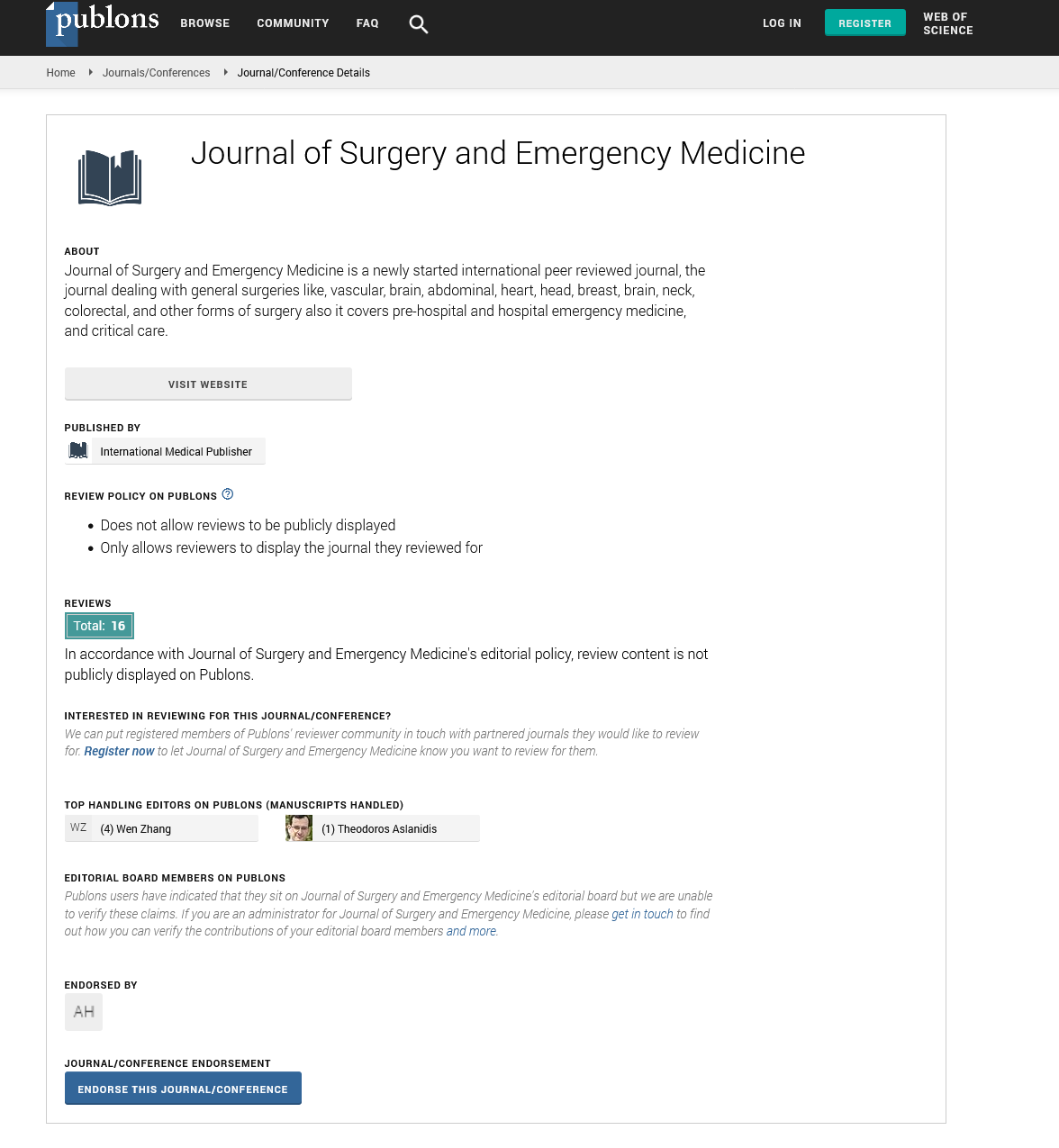Abstract
Approach to New Advances in Dialysis
As in dialysis, the motion of solutes across a semi-permeable membrane is achieved in hemofiltration. However, hemofiltration-solvent flow is regulated by convection rather than diffusion. The dialysate is not used with hemofiltration. Sustained low efficiency dialysis (SLED) in critically ill patients with acute kidney injury (AKI) and hemodynamic instability is increasingly used as a renal replacement modality. SLED can minimize periodic hemodialysis hemodynamic disruptions while avoiding CRRT resource demands. New research on dialysis options for patients continues to increase whether they choose home peritoneal dialysis or home hemodialysis. New advances in vascular access in the lifeline of patients with hemodialysis enable life-saving treatments for hemodialysis. The arteriovenous fistula (AVF) and the AV graft (AVG) are two types of vascular hemodialysis access designed for long term use. Because of the number of complications related to this type of access, a third type of vascular access — the central venous catheter (CVC)—is primarily intended for short term use. AVF and AVG both have significantly better results and fewer complications than CVC. An important objective is to minimize or eliminate the length of time these patients are being exposed as their access to the CVC. Two new techniques have been developed in the recent past which have demonstrated the potential to help in achieving this goal. • Creation of percutaneous fistula – Percutaneous anastomosis devices have recently been developed as an alternative to the creation of surgical fistula, and early studies show promising results. • Bioengineered blood vessels were developed from human cells which may help to minimize the dependence on CVC as a means of access to hemodialysis. Complications Though medication for hemodialysis may be successful in restoring any of the missing functions of the kidney, you the face any of the associated complications, but not everyone suffers any of these issues.(Hypotension) Low blood pressure. A blood pressure drop in is a common side effect of hemodialysis, especially if you have diabetes. Breathing shortness, stomach cramps, muscle cramps, nausea or vomiting can follow low blood pressure.Cramps on the muscles. Though the cause is unclear, muscle cramps are common during hemodialysis.
Author(s): Khaled Mohamed aly
Abstract | PDF
Share This Article
Google Scholar citation report
Citations : 131
Journal of Surgery and Emergency Medicine received 131 citations as per Google Scholar report
Journal of Surgery and Emergency Medicine peer review process verified at publons
Abstracted/Indexed in
- Google Scholar
- Publons
Open Access Journals
- Aquaculture & Veterinary Science
- Chemistry & Chemical Sciences
- Clinical Sciences
- Engineering
- General Science
- Genetics & Molecular Biology
- Health Care & Nursing
- Immunology & Microbiology
- Materials Science
- Mathematics & Physics
- Medical Sciences
- Neurology & Psychiatry
- Oncology & Cancer Science
- Pharmaceutical Sciences
